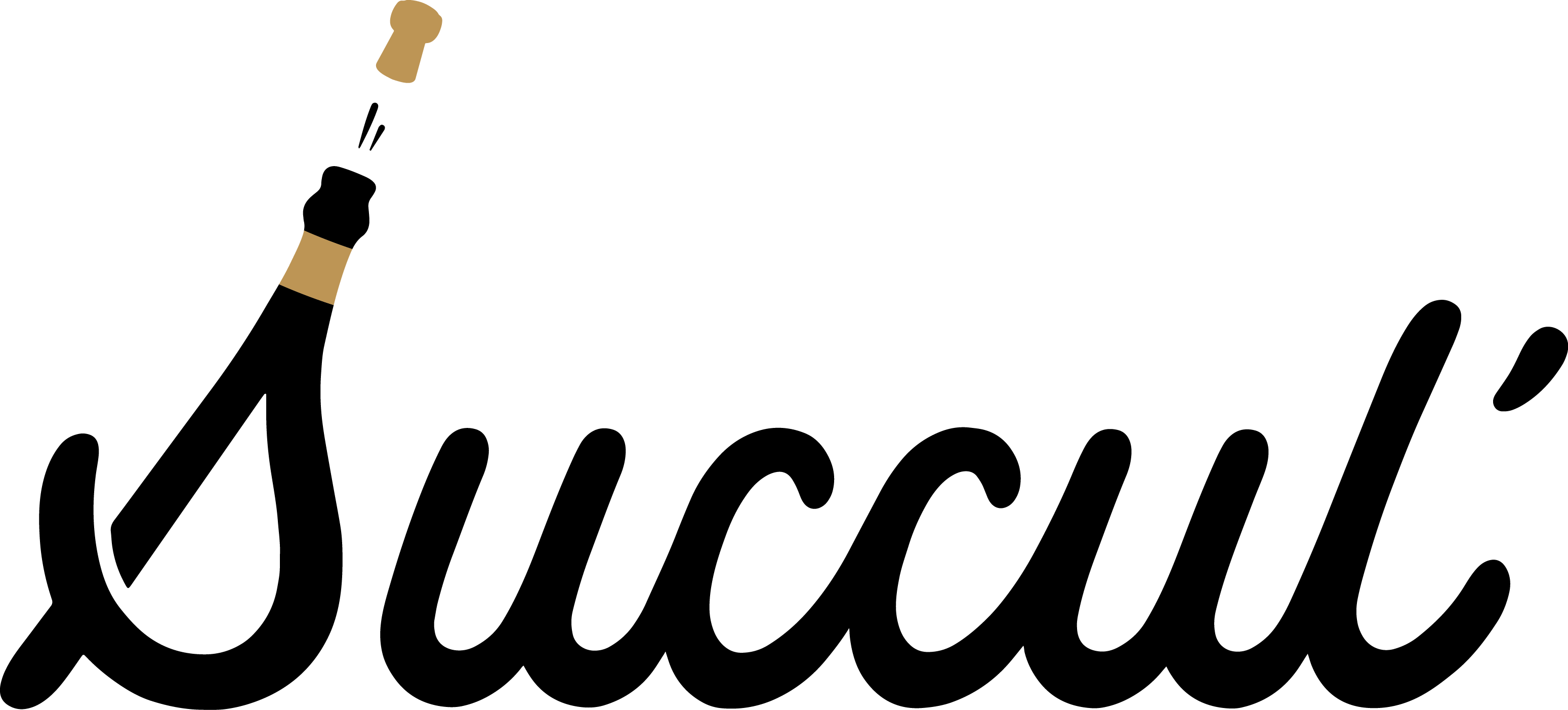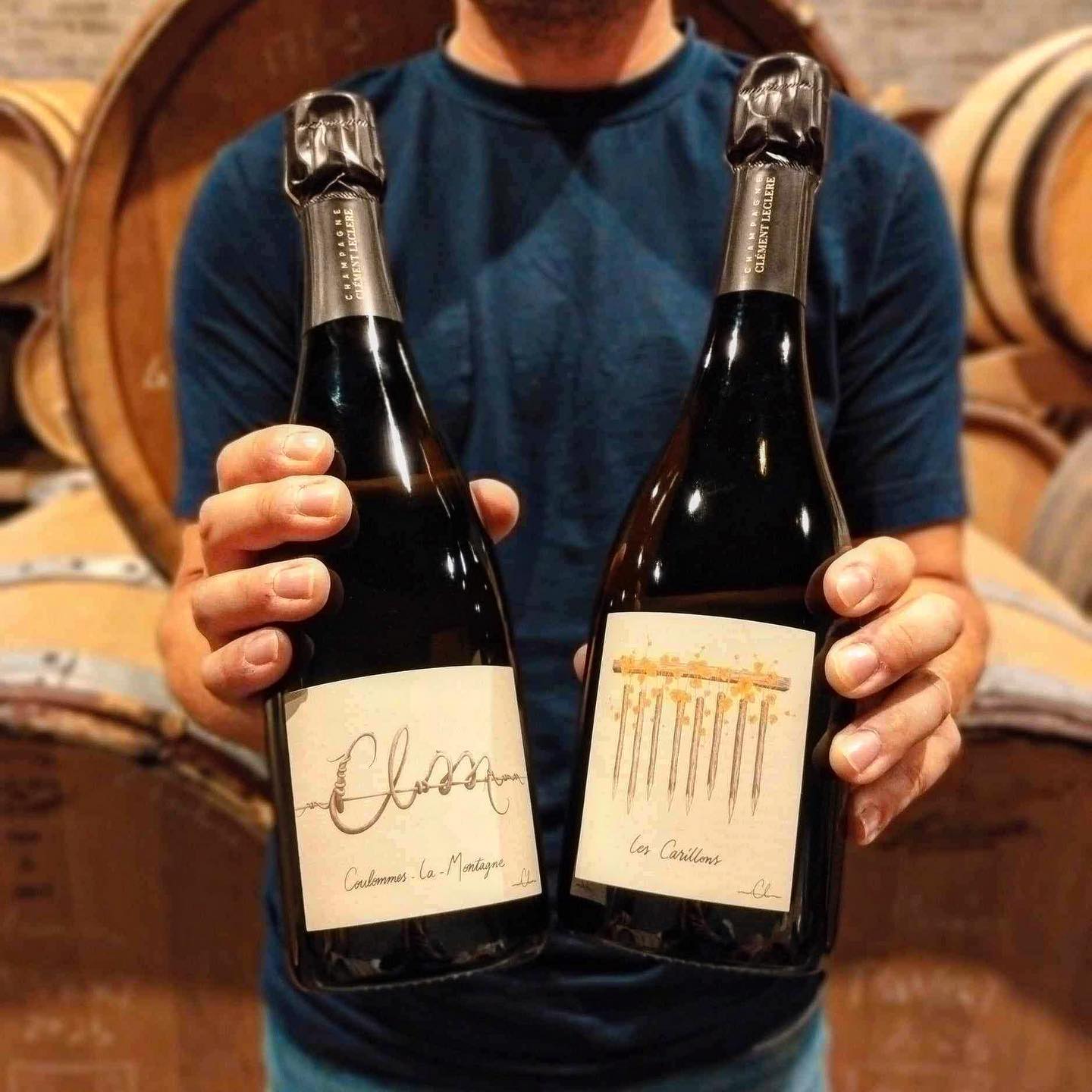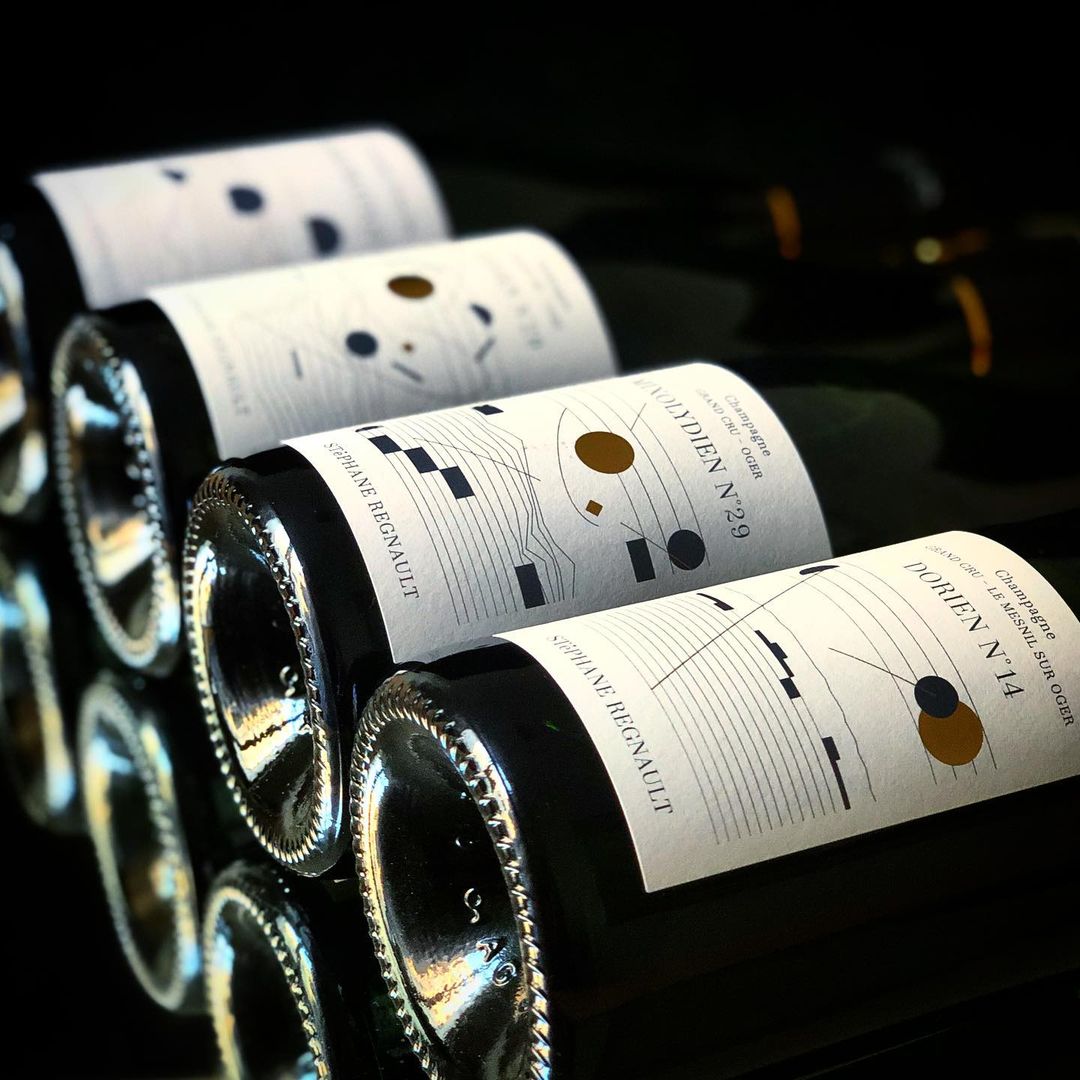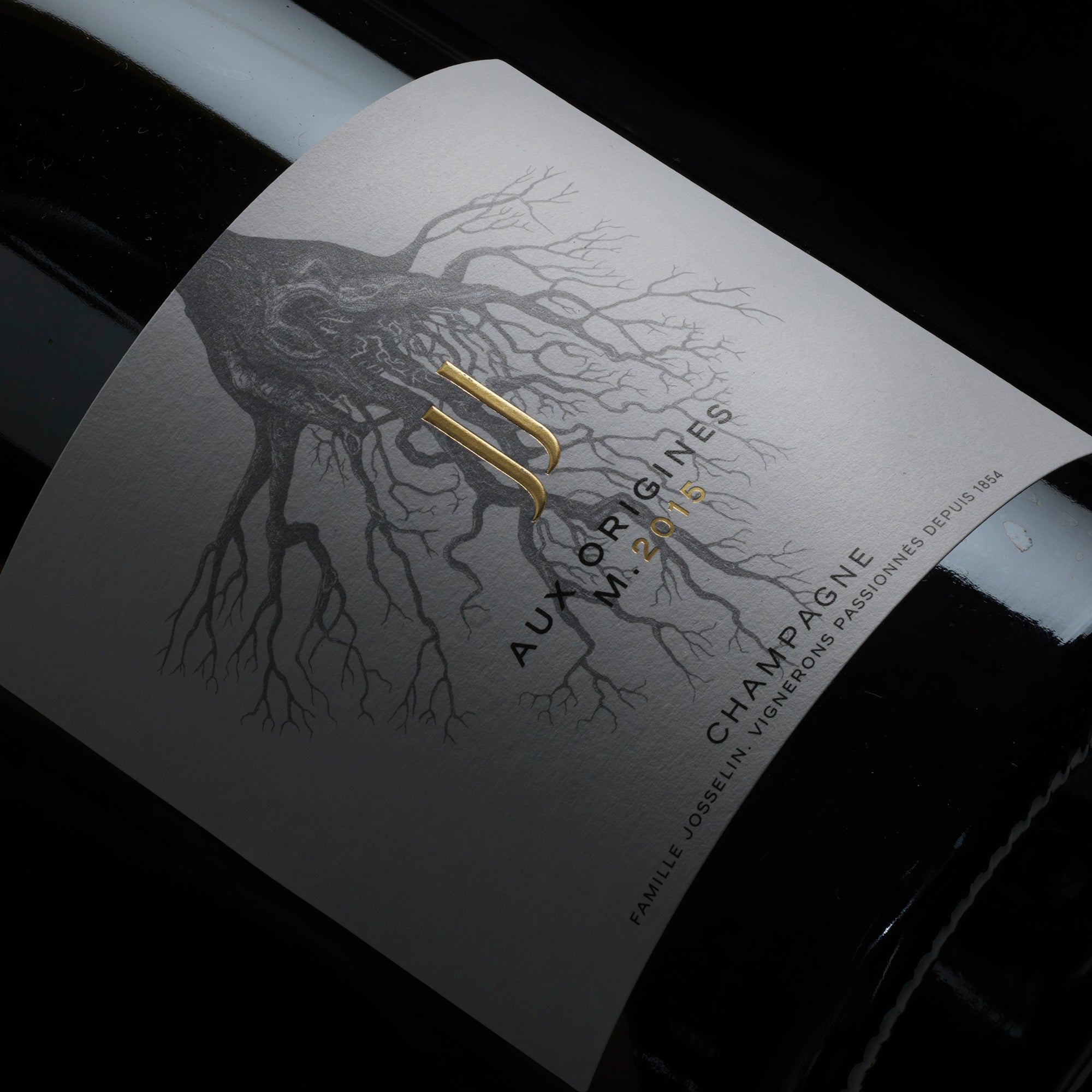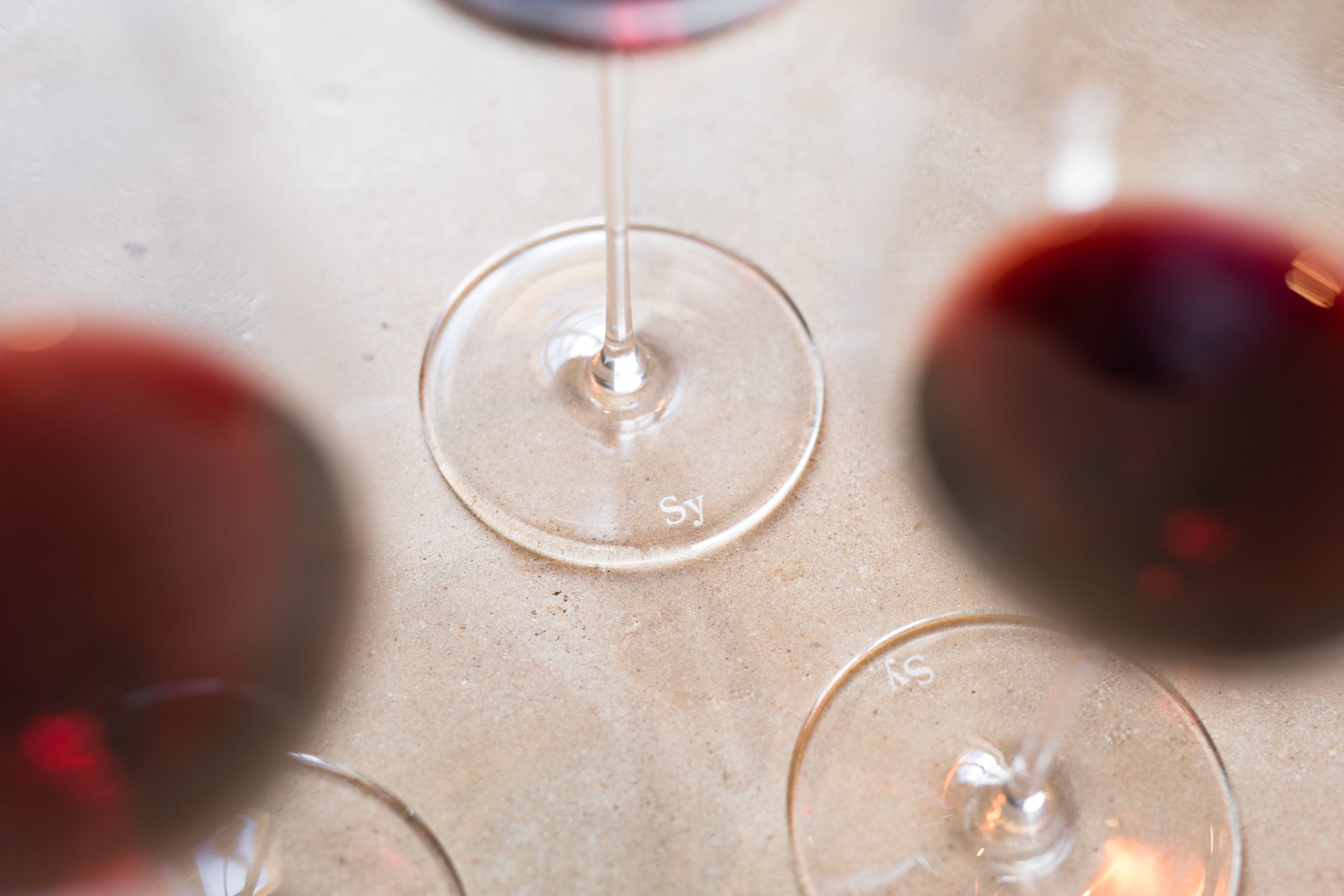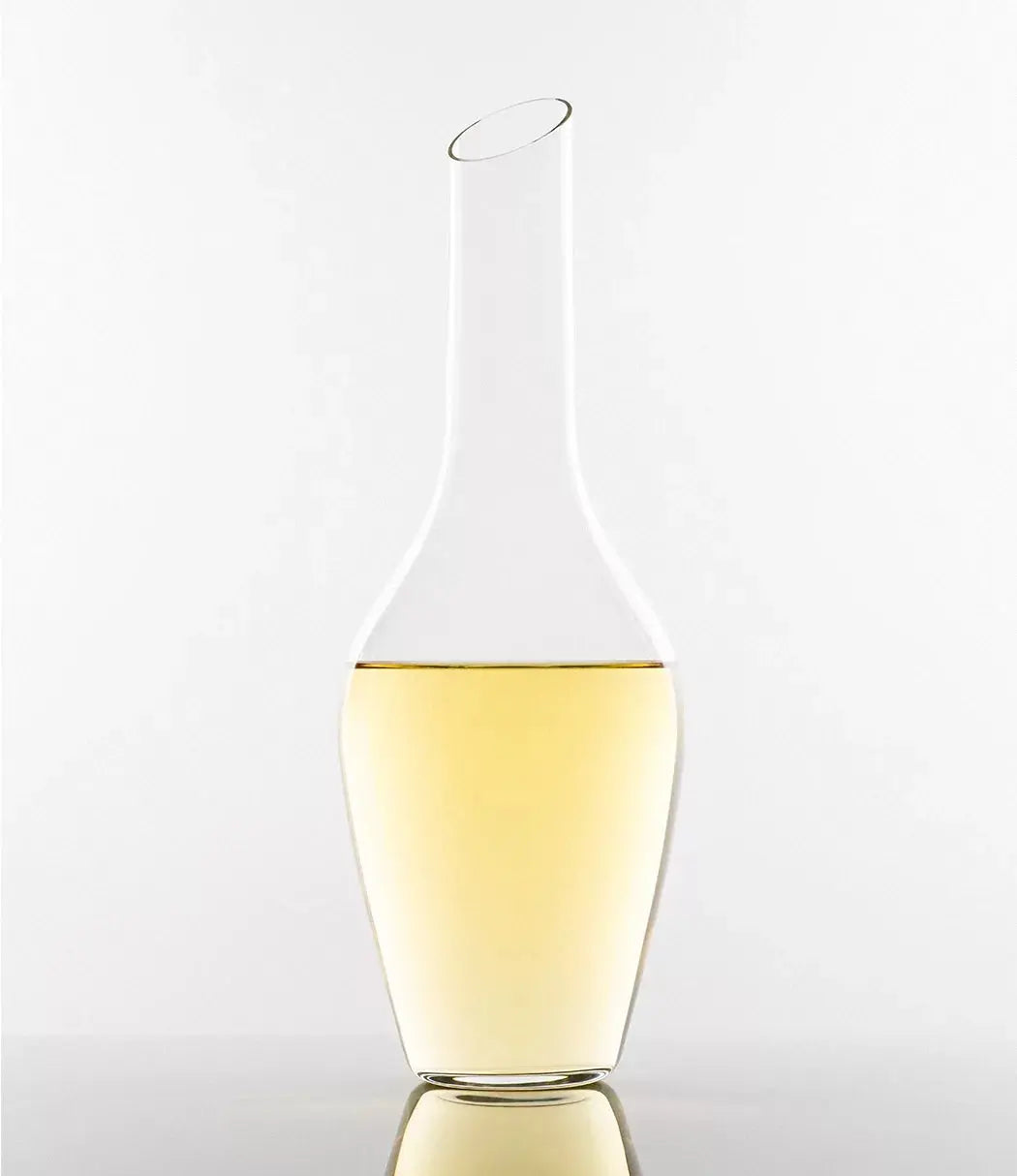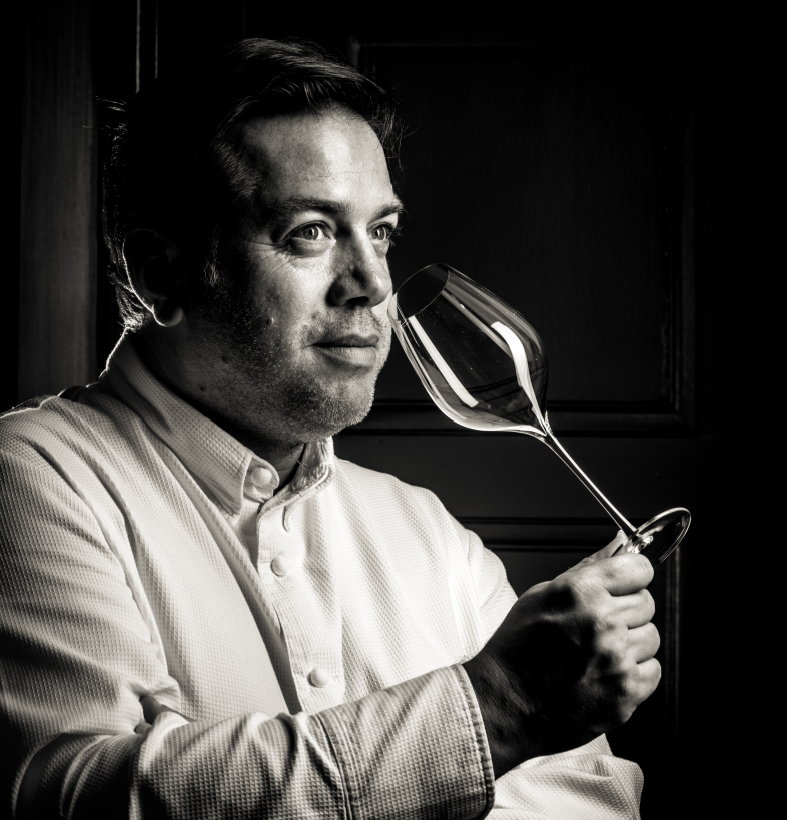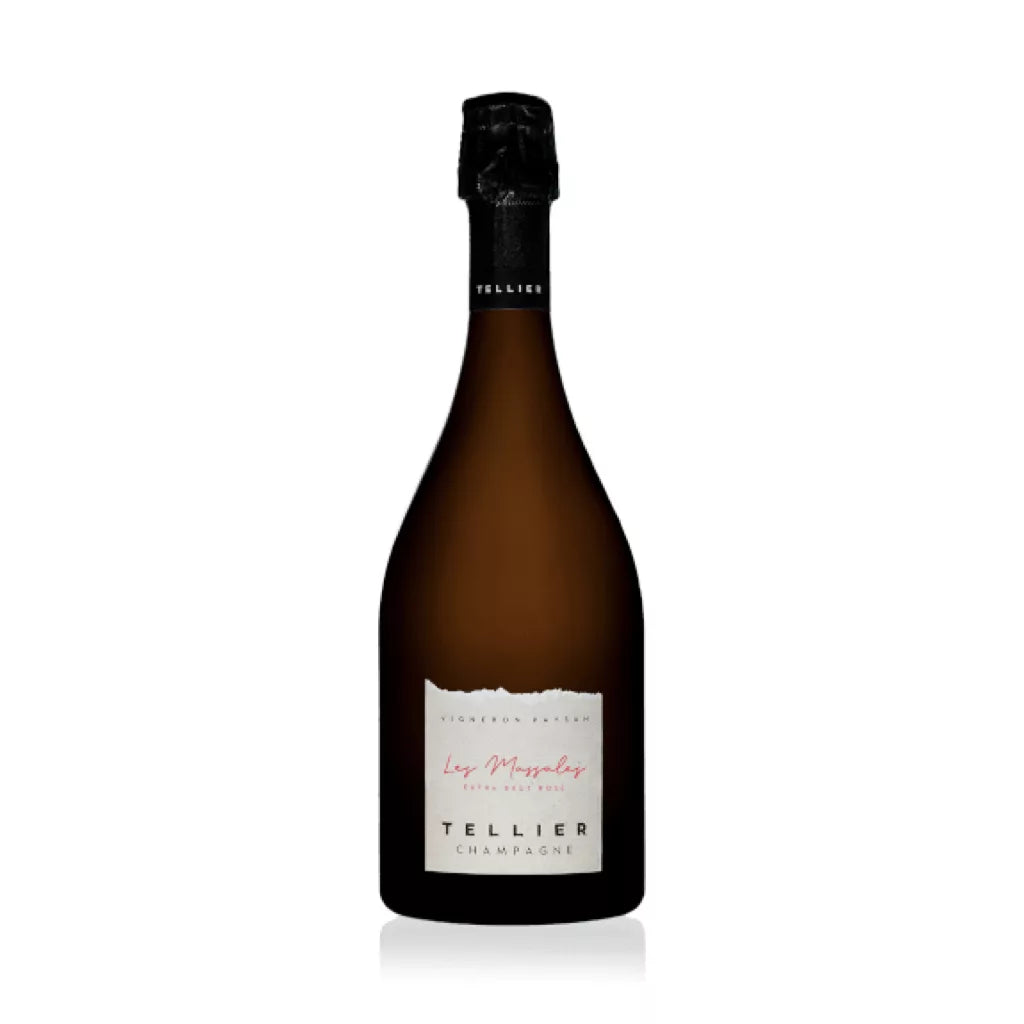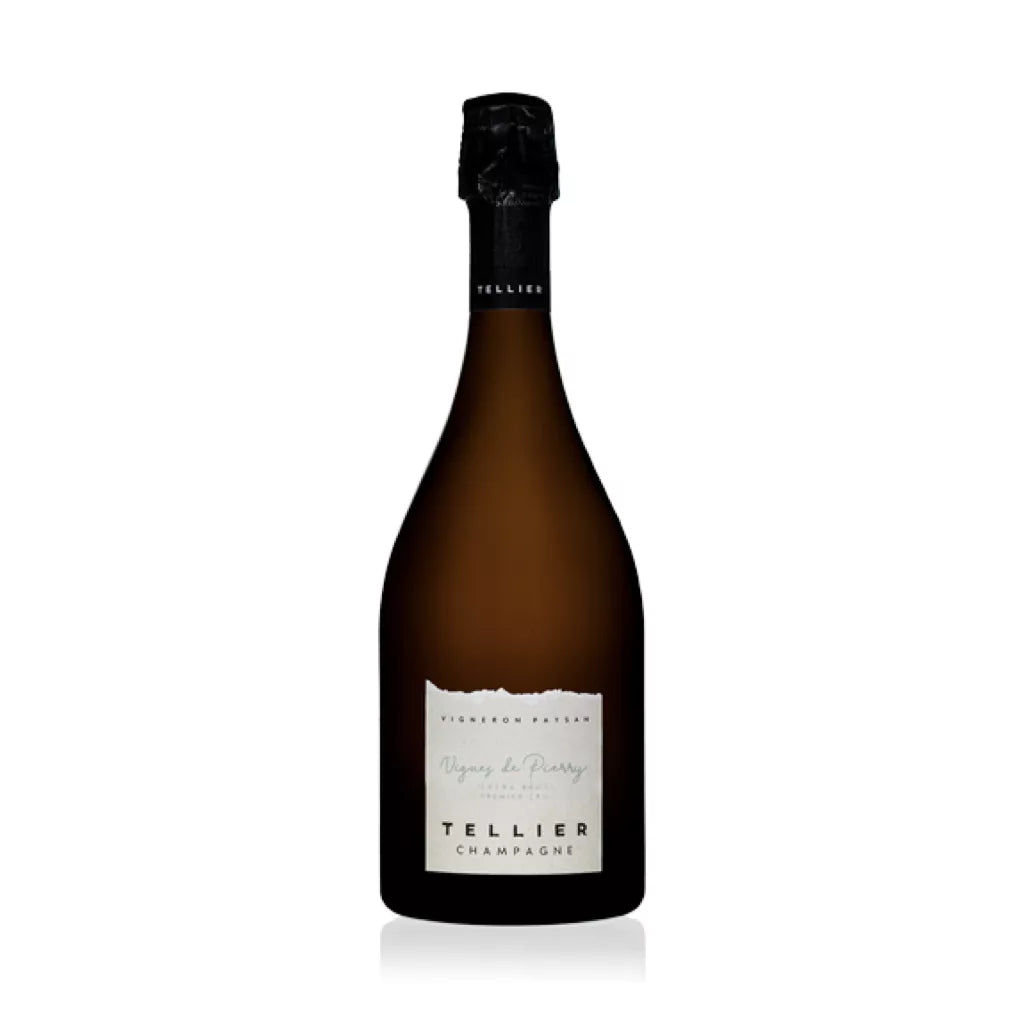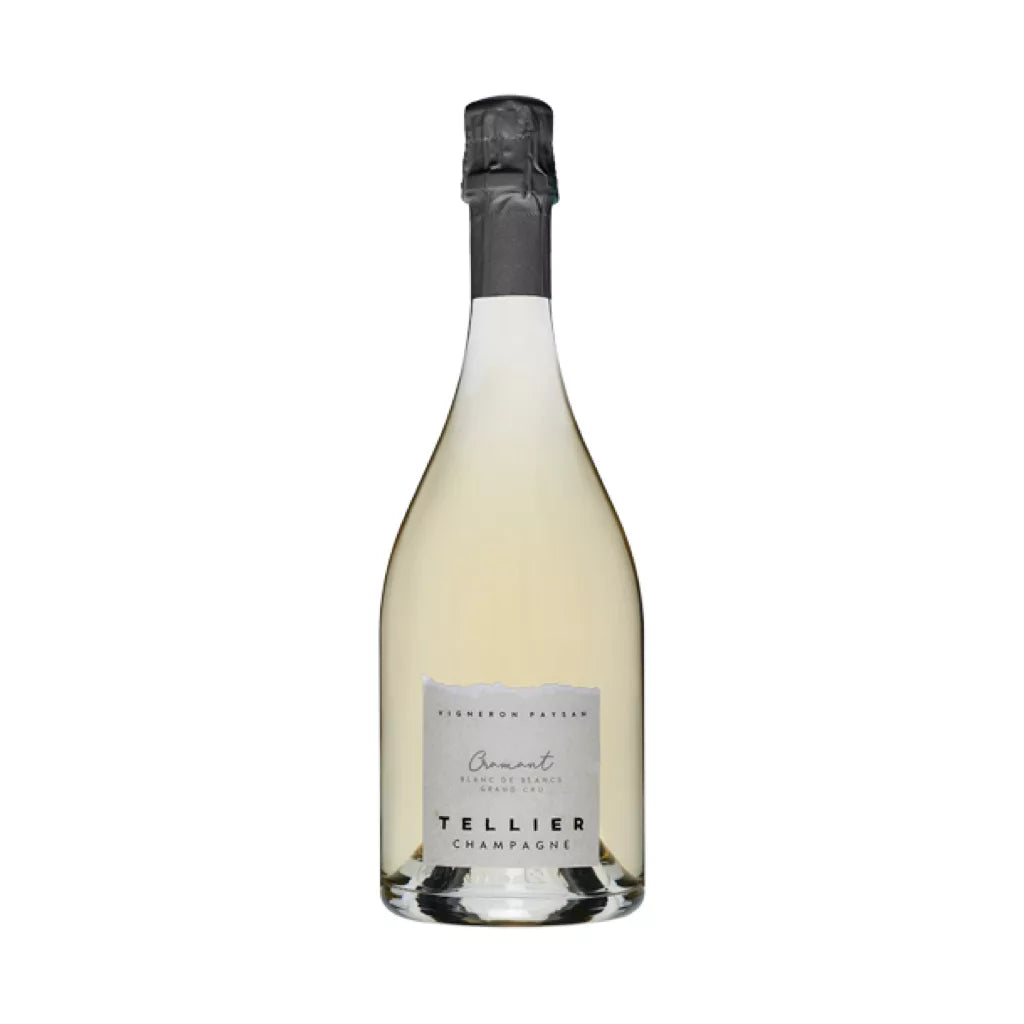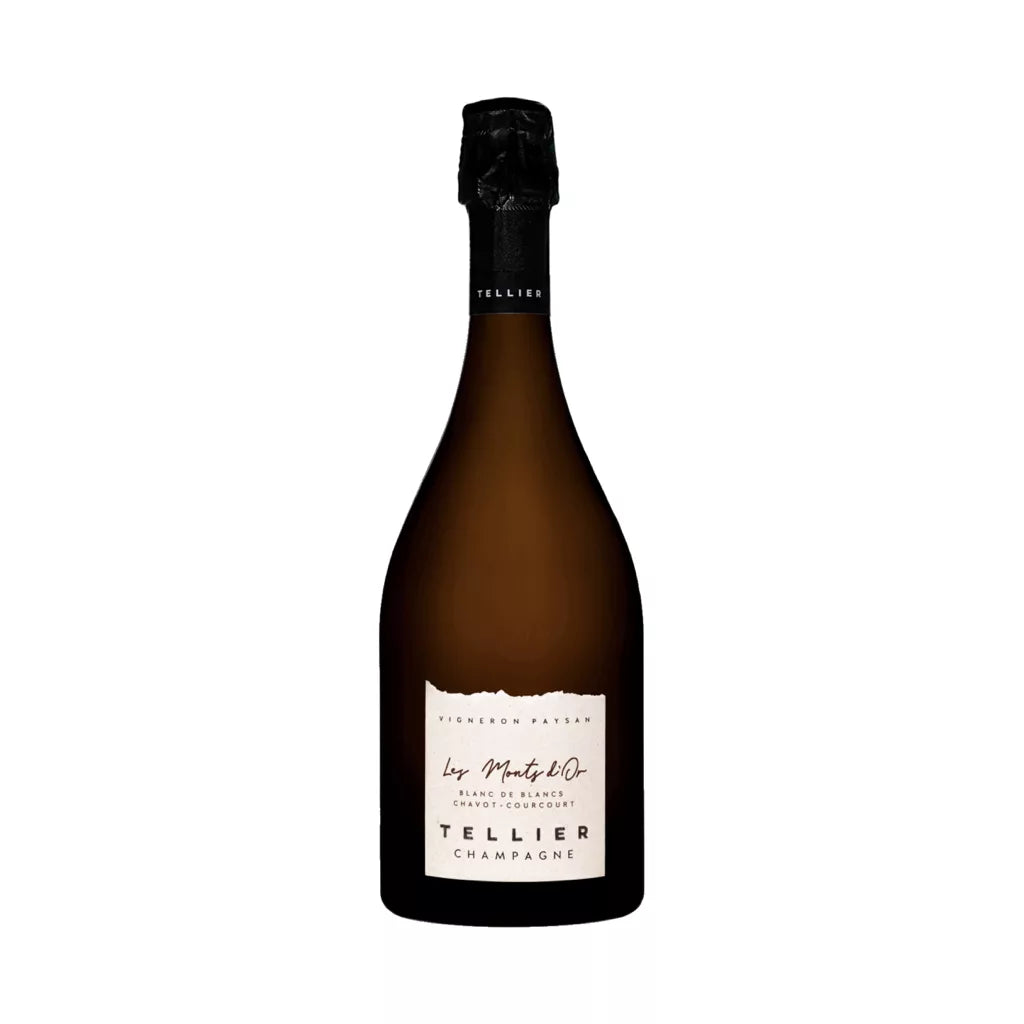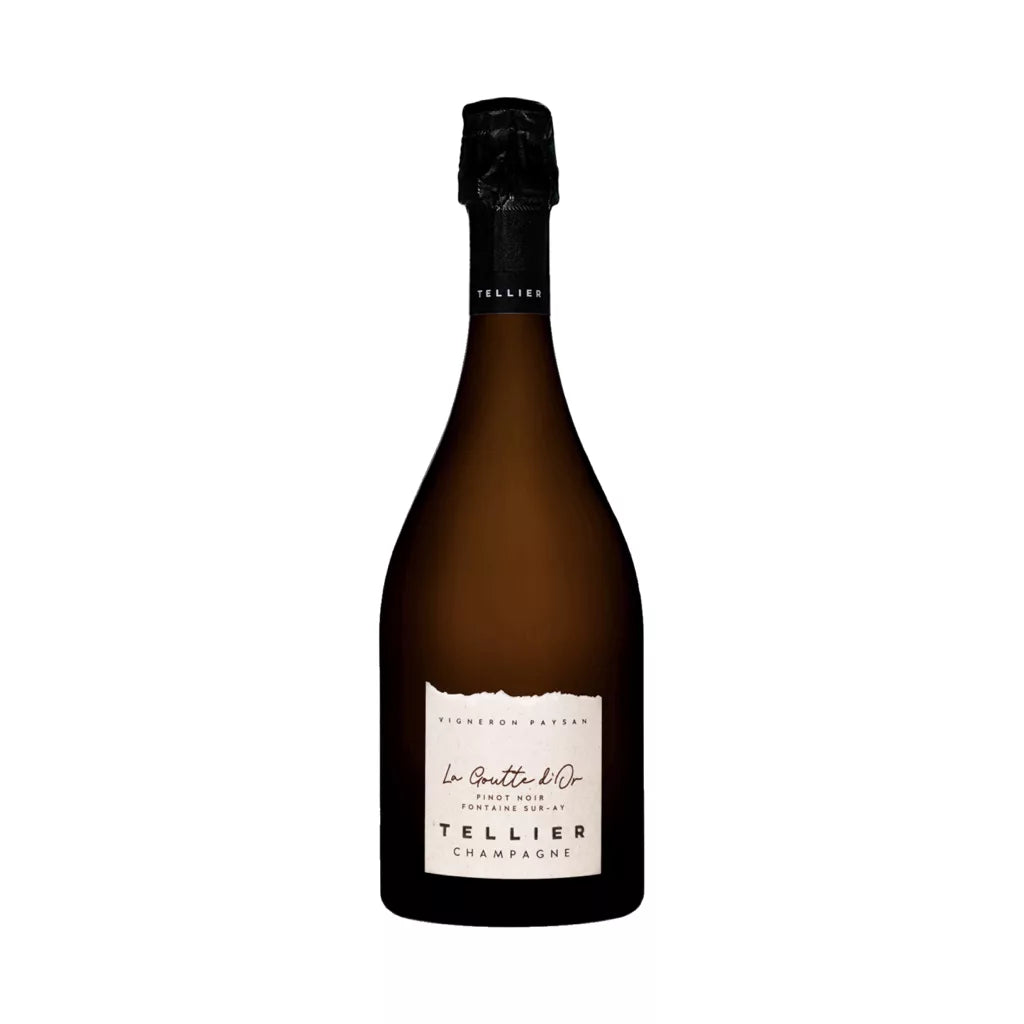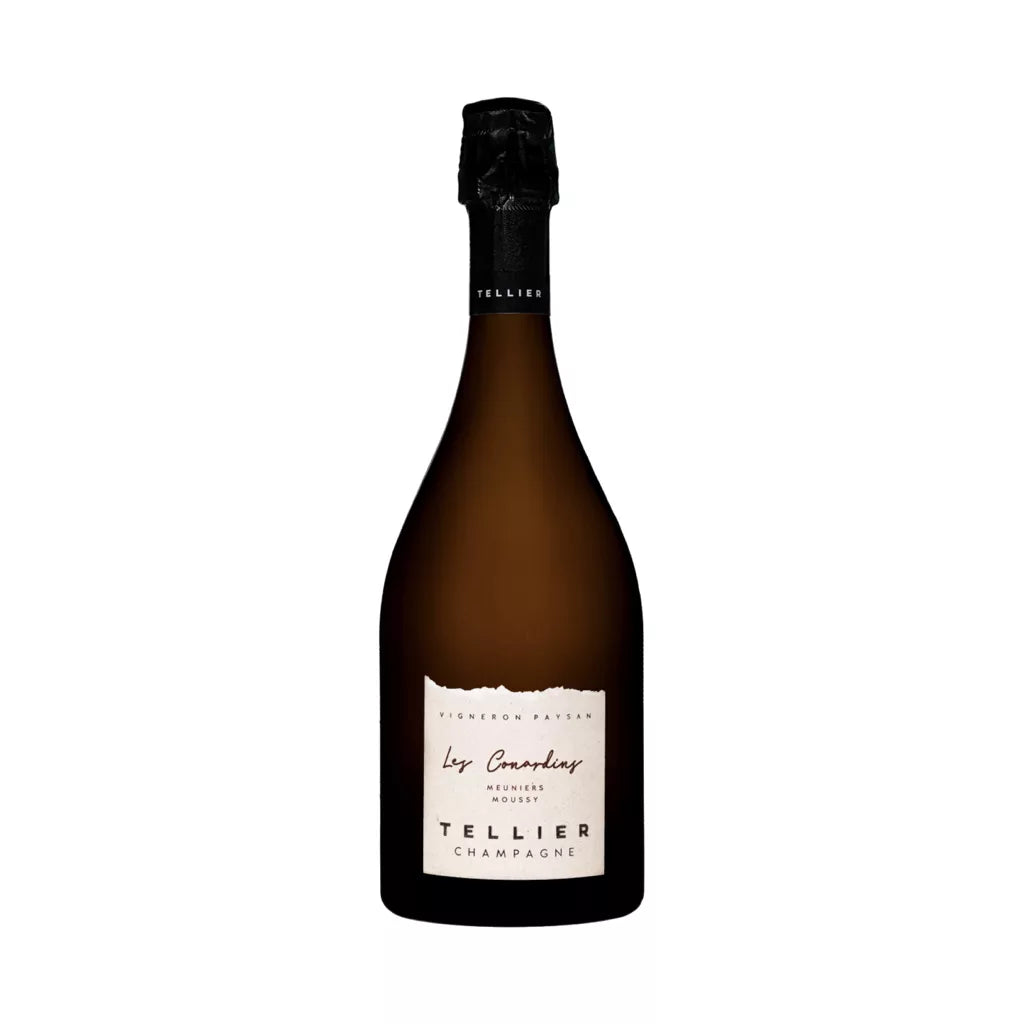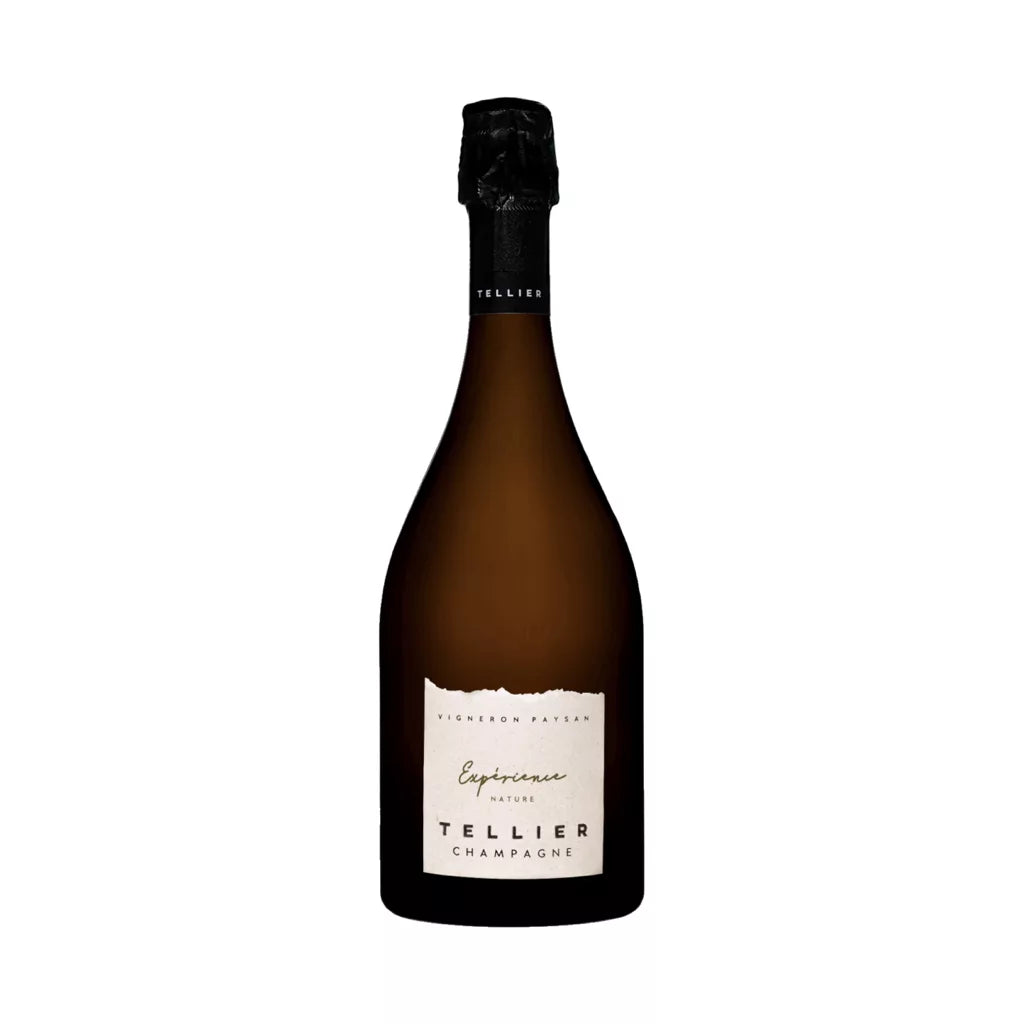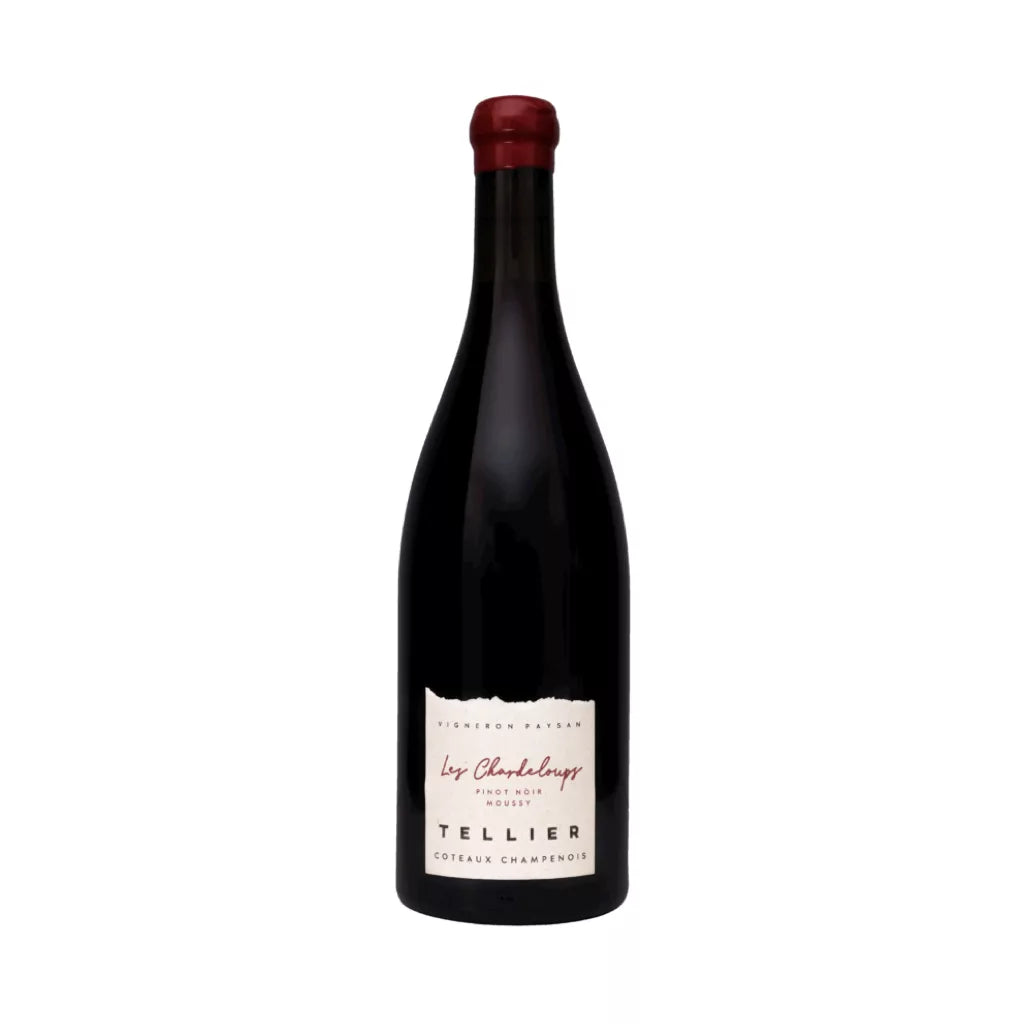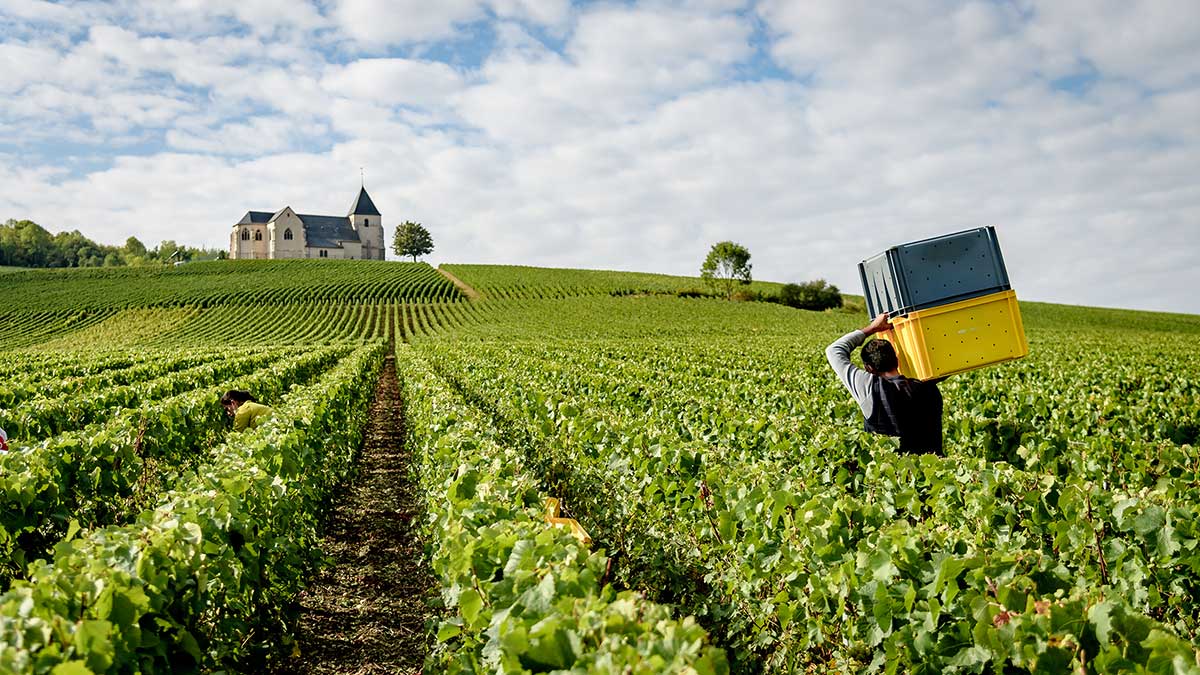
Côteaux Sud d'Épernay
Philosophy of the peasant winegrower
“The land is a wealth. To extract the best from it, we must work it with humility: observe it, listen to it and accompany it over time. Wine is a story. To let it express itself freely, we do not intervene in its evolution. We simply help it to structure itself.”
First vintage of Champagne Tellier
In 2016, Quentin joined his father Christophe Tellier with a business project in their image, combining ambition, modernity and authenticity, followed by his little brother Alexandre in 2020. In a modern wine storehouse, above the historic cellars, Quentin's first harvests mark a new beginning: Champagne Tellier.
A privileged location
The Tellier estate is located in the heart of the Champagne vineyards, between the Montagne de Reims and the Côte des Blancs, in Moussy, near Épernay.
The plots are mainly located mid-slope and spread over five villages. Depending on their location, topography and soil structure, each plot reflects a micro-terroir. To take advantage of this diversity, they choose to vinify all the plots separately.
A typical terroir
Even if chalk remains the keystone of the great Champagne terroirs, two types of soils stand out in the vineyard:
Moussy and Pierry: the historic Conardins estate
On these plots, Meunier is dominant (59%), followed by Chardonnay (35%) and a touch of Pinot Noir (6%). This terroir with deep soils on a chalky bedrock, gives structure, power and length to the wines.
Chavot, Fontaine-sur-Aÿ and Cramant
These 4 small plots occupy superficial soils on an outcropping chalk. This terroir mainly brings elegance and minerality to the wines.
Our plant heritage
The vineyard is 35 years old on average, (the oldest vines were planted in 1964). All the grapes come from their vineyard.
A large proportion of the vines come from mass selection. The latter consists of choosing the vines bearing the most beautiful fruits in order to multiply and replant them. This method was abandoned at the end of the 20th century in favor of cloning, which is more productive. Mass selection allows them to preserve the wine heritage of their vines.
Natural vineyard management
As interventionist as possible, they support their vines with a system ofreasoned culturewhich adapts to its environment.
The estate has been HVE (High Environmental Value) certified since 2016 at the initiative of Christophe. His children want to go further, they are inspired by the methods used inorganic farmingAndbiodynamic.
They deliberately maintain certain ancestral cultivation methods. However, knowledge of living things evolves and they do not hesitate to experiment with new cultivation techniques.
A modern cellar
The cellar is designed to facilitate the work of the team and the quality of the wines.
A 6000 kg press allows for real plot-by-plot work. Vinification takes place on the estate in the vat room and barrel cellar.
The reasonable size of the containers allows for artisanal work, in the Burgundian style, by vinifying the batches from each plot with precision.
A plot pressing
Each of the 18 plots is unique. They all have a different history, soil, climate and grape varieties. Thus, to respect the origin of each grape, Quentin chooses to vinify each of them separately.
When the grapes reach perfect maturity, they are traditionally picked by hand. The grapes are brought directly to the winery for gentle pressing. More aromatic and suitable for aging, only the first musts are kept for the production of wines. They are protected by neutral gases in order to limit the addition of sulfite which prevents the natural expression of the wines.
Always concerned with preserving the quality of the wines, Quentin carries out cold settling in thermo-regulated vats, without enzymes, for between 12 and 24 hours, in order to keep only the fine lees useful for the nutrition of the yeasts.
100% wood-based vinification
All wines are vinified in oak barrels, demi-muids and foudres in order to allow the aromas to express themselves. Quentin favors wood from cold zone forests (Vosges, Nièvre and Allier) with a beautiful fineness of grain.
The first fermentation is carried out using selected yeasts and indigenous yeasts, naturally present on the skin of the grapes. Thus, the yeasts are adapted to each vintage and terroir, which promotes the typicality of the wines.
During the 8 months of aging in wood, the still wines gradually express their character. Quentin practices some stirring and very frequent topping up to avoid any risk of premature oxidation. No glue or sulfur is added.
A creative assembly
Quentin carefully monitors the evolution of the wines every week, right down to the blends.
After the final tasting, he chooses:
- to compose a wine by blending several plots so that the balances and flavors harmonize.
- to preserve the unique character of certain plots: 100% plot-based wine.
- to highlight the finesse of a Grand Cru or a Premier Cru.
All wines are vintage. They reflect a unique year, with its own weather conditions.
After the blends, the wines are bottled and taken down to the cellars where the second fermentation will take place.
Centuries-old cellars
Under the wine storehouse, there is an aging cellar dating from the 19th century. A temperature of 11°C all year round as well as high humidity promote a long and slow aging of our wines. Another small cellar, dug under the main plot of the estate, bears witness to the history of the Conardins. This one was already in operation in the Middle Ages
Long aging in the cellar
This is the beginning of a long aging in the cellar, 40 months minimum. Time is not a constraint, it is a strength. Some wines will wait many more years before revealing all their harmony. Time must do its work so that the wines assert themselves and develop their finesse and complexity. Patience and confidence are the key words for successful aging.
At the end of this long metamorphosis, the wines are stirred then disgorged and a subtle final touch is brought by the disgorging liqueur. All the Champagnes are brut or extra-brut, we do not add any sugar or very little.
A commitment to sustainable and organic viticulture
As interventionist as possible, supporting their vines with a sustainable cultivation system that adapts to its environment, it was only natural that the Tellier family began a conversion to organic viticulture.
Info
- Terroir: Marne Valley
- Domain takeover: 2016
- Domain management: Quentin & Alexandre Tellier
- Village(s): Moussy, Pierry, Chavot, Fontaine-sur-Aÿ and Cramant
- Grape variety(ies): Meunier (59%), Chardonnay (35%), Pinot noir (6%)
- Age of the vines: 35 years on average
- Viticulture: Reasoned, in organic conversion
- Winemaking: Plot
- Plots: 18
On the table
